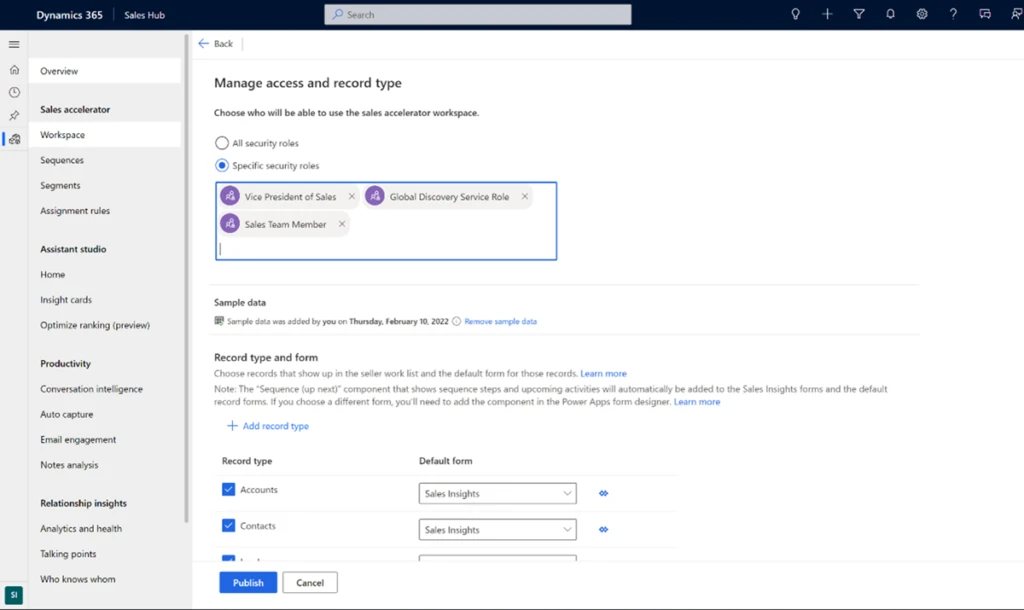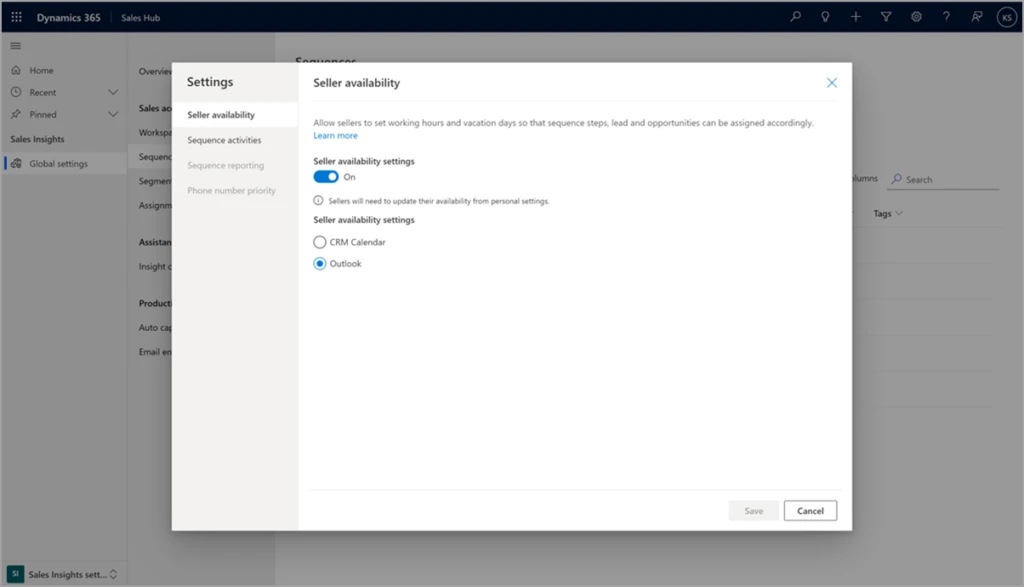Field service organizations have traditionally operated under the break-fix modelthat is, responding to a device failure after the customer reports an issue. This operating model has grown antiquated due to rising costs and inefficiencies in labor and operations. It is also proving less than effective in satisfying the customer’s growing expectations.
The field service industry is evolving quickly in new and exciting directions with cutting-edge technology continuing to enter the arena. These innovations in technology and workflows are helping to transform field service by providing customers optimal device uptime, along with greater visibility, efficiency, and profitability. The evolution of field service includes automation, AI, new learning tools, and mixed reality to help technicians achieve success.
The ability to capture, digest, and derive actionable insights from data is critical in modernizing a field service organization. Intelligent, predictive systems driven by AI can automate time-consuming manual tasks like collecting data, diagnosing problems, and identifying the best solution to resolve an issue. AI can optimize resource management, empower field teams through mixed reality and mobilization, and can improve customer service with proactive and predictive service. In short, AI is providing organizations the ability to optimize the delivery of field service.
While service organizations lay frameworks of sensors and solutions to capture data across every facet of their organization, AI and machine learning represent the next steps that organizations are taking to leverage the value of the captured information. The ultimate goal is to transition from a reactive, break-fix service model to one that is proactive and predictive, achieving a near constant uptime.
One organization leveraging mixed reality and field service is Burckhardt Compression. The leading global compressor company adopted Microsoft Dynamics 365 Remote Assist and Dynamics 365 Field Service so that engineers can quickly collaborate with ship technicians in remote locations and provide specialized mechanical expertise. They successfully reduced costs, decreased its carbon footprint, and can now respond to customer needs in mere minutes instead of days.
Improve the customer experience
Field service customers need stability and reliability in their businesses. They want visibility into their assets and need to minimize downtime when breakdowns occur.
Prior to AI-empowered systems, the customer would have to actively reach out to report that the device had failed. Depending on the type of failure, work using the device could be slowed or blocked for days or weeks until a technician could complete the repairs. Without intelligent support, the technician may need to return for follow-up visits, unnecessarily wasting both time and money.
AI allows for automated, remote self-healing and predictive forecasting, monitoring, and analyzing connected devices for potential issues. If one is identified, the system can remotely attempt to resolve problems through self-healing processes, like having the device restart itself during an off-time to mitigate an overheating failure. Using historical device data and predictive analytics, the system might make a recommendation to schedule a technician site visit to head off future problems, notifying the customer of the work order. The customer could then plan around the scheduled downtime and even track the technician’s arrival to the appointment in real-time.
During the visit, using recommendations from the system, the technician would be able to discuss additional products and services with the customer that meet their specific usage and operating needs. Ultimately, the customer gains more control over their assets, and the field service organization is empowered to provide improved service delivery capabilities.
Increase technician productivity
To be the most effective and prevent costly return visits, technicians must have complete access to the information and real-time guidance they need. The technician could utilize a digital twin of the device to learn about its status and operating condition, and to train on the particular problem that requires repair. AI’s cognitive capabilities can even help optimize repairs before a technician arrives, taking care of routine diagnostics and testing for common or similar issues. These capabilities ensure the technician is better prepared for the work and that their timeand the customer’sis used efficiently.
The technician’s mobile service app empowers the technician to better manage appointment schedules and access turn-by-turn driving directions to the customer site. Onsite, this app can highlight the top two to three possibilities that might be wrong with the device. Chatbots can assist in locating customer, product, and work order information. Mixed reality tools, like Dynamics 365 Remote Assist, can create 3D renderings overlaid directly onto the device, highlighting missing or broken parts and allowing the technician to view performance data. AI can use data from predictive analytics to make just-in-time recommendations. A headset can be worn to identify irregularities and help maintain focus on the right issues without having to stop and troubleshoot, ensuring work is completed correctly the first time. And the technician can obtain assistance from a more experienced technician through Microsoft Teams if the issue is beyond their current skill set.
Optimize resource management
And finally, effectively managing resources, such as inventory and technician time, is at the heart of the challenge for any field service organization, creating a powerful competitive advantage when performed well.
In a traditional field service organization, technicians are often dispatched based on availability, not proximity to the customer or experience with a specified device. A technician may arrive on-site with limited access to customer information and device history, impacting the ability to complete the repair on a first visit and driving up overall costs for the customer and the field service organization.
As an example, let’s look at a manufacturing customer experiencing a device failure. When a work order is scheduled in an intelligent system, assignments are optimized using multiple factors, such as a technician’s experience in handling the specific failure, the customer’s preferred technician, or the proximity to the site. Leveraging machine learning, this intelligent system can automatically assign the work order to the closest, best available technician matching specific criteria.
If the device were outfitted with an Internet of Things (IoT)-connected sensor, a real-time alert would be sent, triggering an automatic service request. The system would attempt to self-heal the issue first, and if unsuccessful, a technician would then analyze the data and commit a repair remotely, often without the customer ever knowing there was a problem. Sending the technician for an onsite visit would be the last option if the device could not be repaired remotely.
As more requests come in, the system would then optimize the technician’s schedule to create the most efficient path to navigate, allowing the technician more time to perform additional calls per day and driving greater revenue.
Real-time inventory management ensures that the replacement part is available on the scheduled date and that the technician has access to the tools needed to complete the repair. The system can identify the best parts to replace, where they should be purchased, and provide more accurate lead time predictions for the organization. Field service managers and technicians alike can synchronize and track inventory down to the truck level with real-time visibility to increase first time fix rates.
Get started today
AI enables field service organizations to evolve from the break-fix model by empowering technicians, optimizing resources, and improving customer experiences.
Microsoft offers a unique combination of world-class IoT, intelligence, scalability, and end-to-end field service capabilities.
Learn more aboutDynamics 365 Field Service and how it can transform your service organization.
Get started today with a live demo or a free trial today.
The post How to build a modern field service organization appeared first on Microsoft Dynamics 365 Blog.
Brought to you by Dr. Ware, Microsoft Office 365 Silver Partner, Charleston SC.






Recent Comments